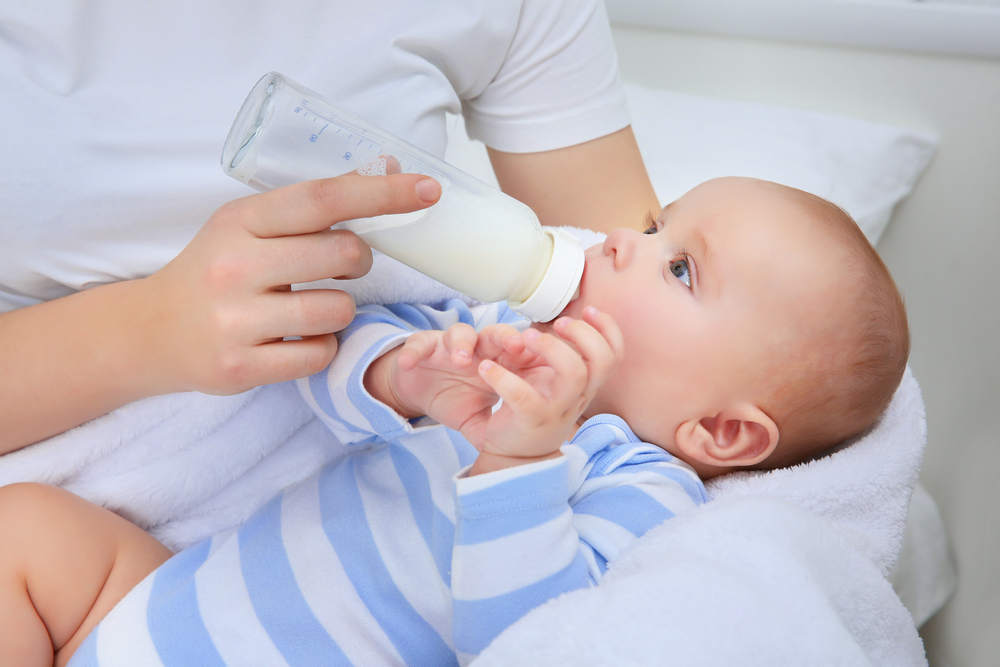The types depend on the material the bottle is made from:
Glass. Glass doesn’t discharge any of the substances from which it is made. It doesn’t assimilate the smell, flavor or color of food. It is also heat- safe and it can withstand sudden changes of temperature. It can be heat-disinfected (bubbling or steam) or cold water-sanitized with an extraordinary cleaning solution
Polypropylene. It is lighter than glass and is resistant to temperature. It can be warmed in the microwave and can also be cold water cleaned utilizing a good disinfecting solution, or heat- sanitized (bubbling, steam, microwave). It is not breakable and can assimilate the color of specific beverages, for example, chamomile. It doesn’t discharge any of the substances from which it is made.
Types of nipples are indicated by the material that they are made of, nipples can be rubber or silicone.
Rubber. This rubber is produced using the latex separated from the bark of specific trees. Nipples produced using rubber are solid, delicate, extremely adaptable, transparent and orange-yellow in color.
Silicone. This material is very soft and adaptable. It doesn’t assimilate water, scents and flavors, and its shape can’t be adjusted.
Feeding the baby is one of your most essential responsibilities as a parent – yet it’s not the simplest.
If your infant is experiencing difficulty with feeding or you see symptoms that worry you, look at this list of issues.
Spitting after feeding
Spitting up is common in babies and might be unavoidable. Around 40 percent of babies spit up consistently, and the age for spitting up is 4 months.
Some conceivable causes:
- Your infant should be held upright while and after feedings.
- The nipple makes the milk flow too quick or too gradually.
- Your infant needs more burping.
- Some babies spit up as often because of a problem in the valve between and stomach and the esophagus. This common condition is called reflux.
Vomiting after feeding
Some conceivable causes:
- Overfeeding
- Using milk that is inappropriately blended, put away, or handled improperly.
- Your child is sensitive to milk components
- Different reasons for vomiting in infants are stomach flu and other common
Excessive gas
Some conceivable causes:
- Your child is getting excessive air from the bottle.
- Your child should be held in an alternate position during feeding
- Inadequate burping
- Constipation
- Milk allergies
Seems hungry after a feeding
Some conceivable causes:
- Underfeeding
- Some babies have a compelling impulse to suck that can appear like hunger however might be for comfort
- Fussy and crying toward the start or end of a feeding
Some conceivable causes:
- Overfeeding or starving
- The bottle nipple is too enormous for your child’s mouth or the milk flow is too slow or too quick.
- Painful gastroesophageal reflux
- Milk allergies


